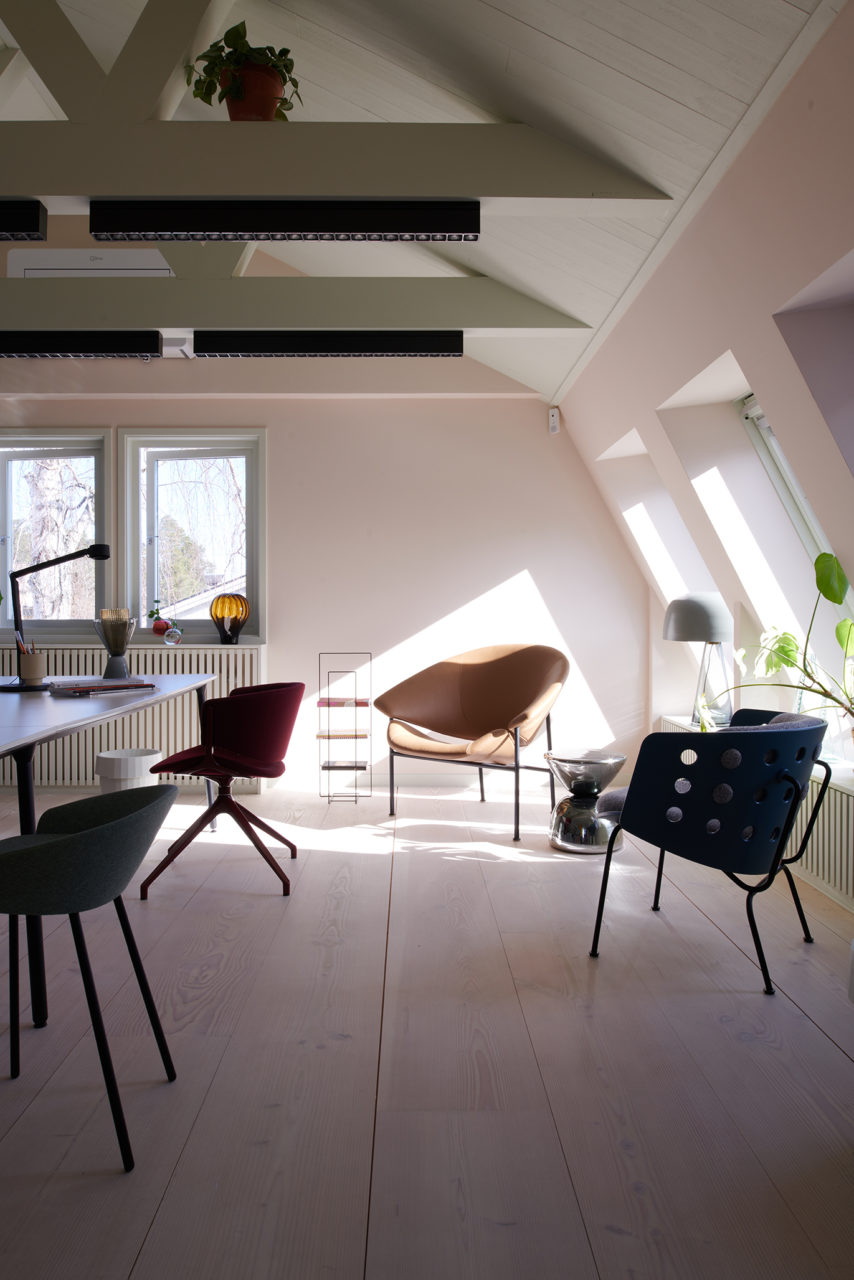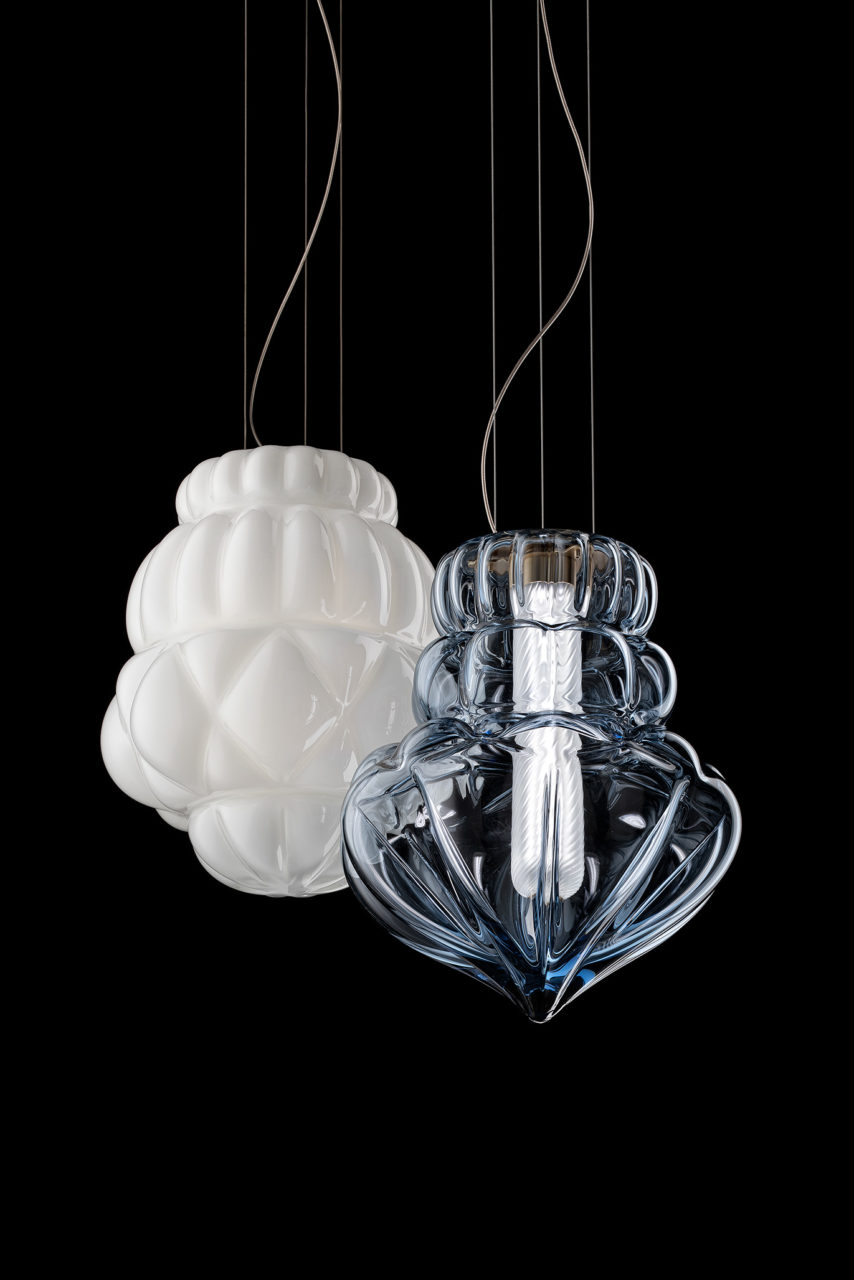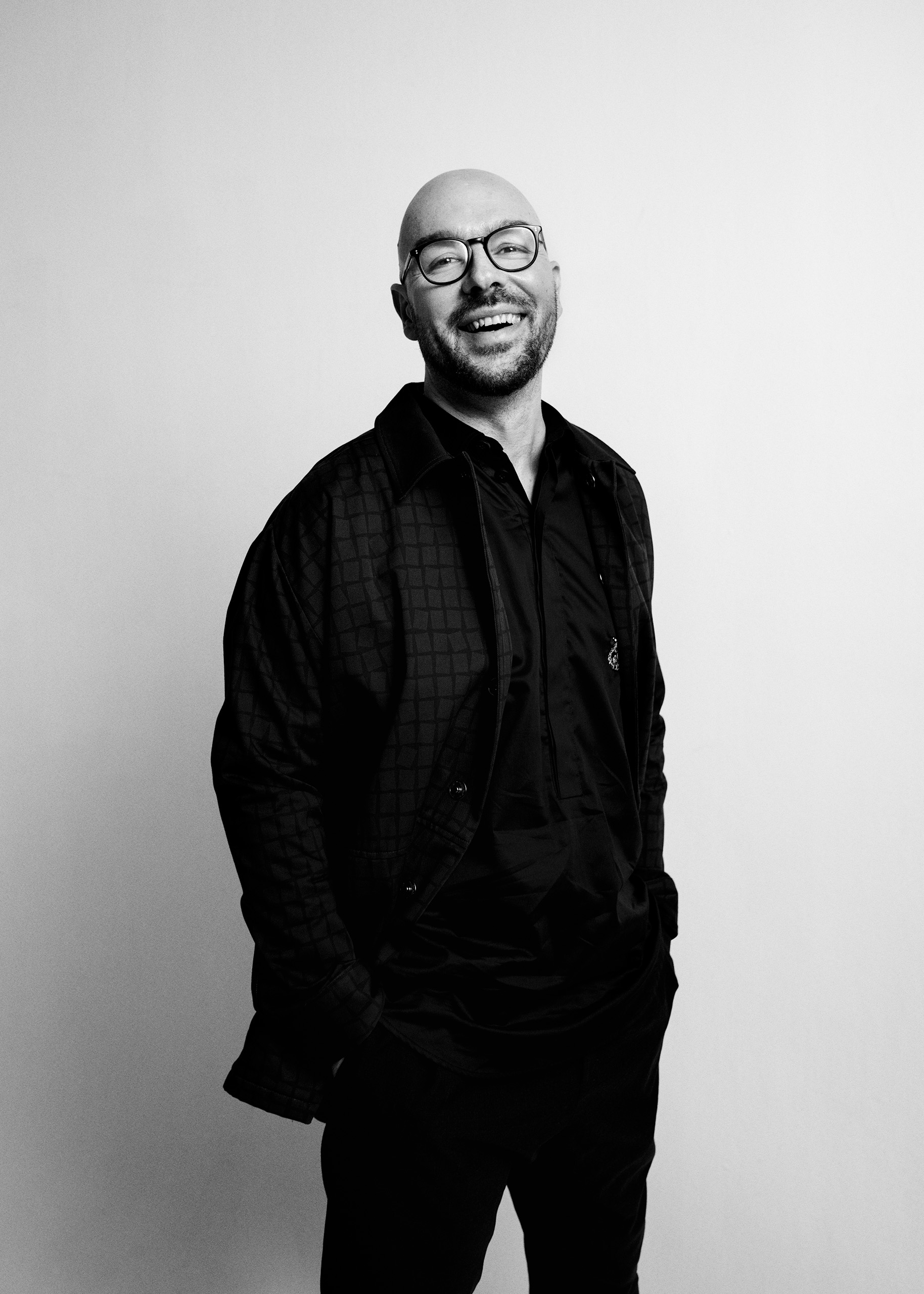To hear from leading voices at the intersection of architecture and design, AN Interior is happy to introduce Friday Favorites, a weekly series of conversations between AN‘s Market Editor Sophie Aliece Hollis and innovators in the multifaceted realms of architecture, design, manufacturing, interiors, art, fashion, and more. To kick things off, we begin with a conversation from our year-end Best of 2022 issue. This publication honors the winners, honorable mentions, and editors’ picks from The Architect’s Newspaper‘s three awards programs: Best of Practice, Best of Products, and Best of Design. To introduce the winners of the Best of Products Awards, Hollis sat down with Italian product designer Luca Nichetto of Nichetto Studio to discuss his recent endeavors and his thoughts on the interdisciplinary cultures of products, space, color, and more.
Luca Nichetto is an Italian designer whose career has produced a broad and far-reaching array of products for leading brands in furniture, lighting, textiles, accessories, and more. Hailing from Venice with familial ties to the glass industry of Murano, Nichetto began his career at an early age by knocking on the doors of legendary local glassblowing factories with his designs in hand. While he forged his first professional ties with Salviati, he’s since realized artfully handcrafted and mouth-blown glass with numerous brands—an intricate pendant for Barovier & Toso, vases for Venini, and punchy portable lamps for Lodes, to name a few. Recently, the designer entered uncharted waters with the release of the Gran Nichetto, a limited-edition piano for Steinway & Sons modeled after the gondolas in his native Venice. After four years of collaboration, Nichetto now joins an exclusive group of decorated architects, musical artists, and designers to partner with the heritage brand.

Sophie Aliece Hollis: What is the relationship between the architect and the product designer? And how do spaces influence the products that you’re designing?
Luca Nichetto: Originally, the designer was, in a way, a spin-off of the architect. Immediately after World War II, countries like Italy needed to rebuild, for obvious reasons. Many students graduated from architecture school with dreams of building a new country. Sadly, there were too many politics to negotiate in order to get anything done, causing many talented architects to pivot away from the field. Instead, they focused more on designing objects that were specific to these new spaces, this new society. This marked the beginning of the contemporary Italian masters. So, the connection between product designers and architects was always present.
Later, when the industry started to grow and the disciplines came to be more divided, an increasing number of specializations—furniture designer, product designer, lighting designer, and so on—somehow created this distortion about the multidisciplinary nature of design. And for many years, we observed that there were designers focusing more on their specialized objects than the environments in which they were being placed. The decorators also began to take over, curating these unconnected objects solely for aesthetics instead of investing in holistic, functional, and quality products.
SAH: So the designer and the architect were cut from the same cloth, but over time specialization caused them to drift farther and farther apart.
LN: Right. I think that separation is where the unspoken conflict or competition between the architect and the designer began. They think in the same ways, but each is aiming to protect their specialization. I believe that the conversation between architects and product designers needs to open up a lot more. Like architects, designers must always think about the spaces where their products will be used, how they need to perform, and for what market or audience. With this, there are so many opportunities for architects and designers to work more collaboratively, especially in the interior space.
SAH: What projects have you been working on lately that evoke this exploration of space?
LN: I designed a piano for Steinway that launched in early November. When I began that project, I focused on the piano as an object that needed to match the craftsmanship, legacy, and tradition of the brand. But I also wanted to think of it as a beautiful element in a system—Where will it live? Who will be buying it? Will it be mostly decorative or played every day? I proposed to offer three different colorways—black, walnut, and midnight red—to match a mix of environments where it might end up, maybe a contemporary loft in Soho, a traditional villa in Miami, or a tiny flat in London.


SAH: Bold colors seem to be a theme within your work. I’m just remembering the pink and red outdoor kitchen you designed for Brown Jordan that debuted at ICFF this year. Can you elaborate on your chromatic tendencies?
LN: That kitchen is available in hundreds of color combinations, but I really felt that the pink and red was the strongest option for the launch. I always prefer to be loud than to be quiet. Though some people might hate me for it, I’ve always designed for a sophistication of colors that goes beyond the obvious— I’m not a big fan of pure white. I like whites that are greenish, or a little pinkish, or even a bit yellow.
When I designed my studio in Sweden, I wanted to respect the area and environment, but with my colorful Italian heritage, I can’t live and work in a space that is completely white, beige, or gray. I would die. I think it’s human nature to perceive emotion from color. So now I have the Pink Villa; it’s a similar aesthetic as the other houses on the street, but much happier and easier to find.


SAH: From the design of your multistory studio down to tableware and decorative accessories, you’ve designed at many scales. Do you have one that you prefer?
LN: Not particularly. What really drives me is designing things I’ve never designed before.
SAH: What does that look like going forward?
LN: There are still a few things I want to do to build up my studios in Venice and Stockholm, but, at some point, I would like to start my own brand.
SAH: That’s exciting. How will that differ from what you’re doing today?
LN: I would like to continue the collaborative nature of what Nichetto Studio is doing now by constantly working with new brands, but I would love to do so with a company that creates all types of products with only the best manufacturers and craftsmen. Lately, people buy products without really understanding their true value: Wealthy people buy expensive junk with a high price tag just to gain status, and big stores like IKEA and Zara use the need for affordable options as an excuse to mass-produce crap. It will take a while to determine the scalability of such a controlled operation, but I hope that a future brand might operate in a way that makes people truly appreciate the value of what they are buying.
